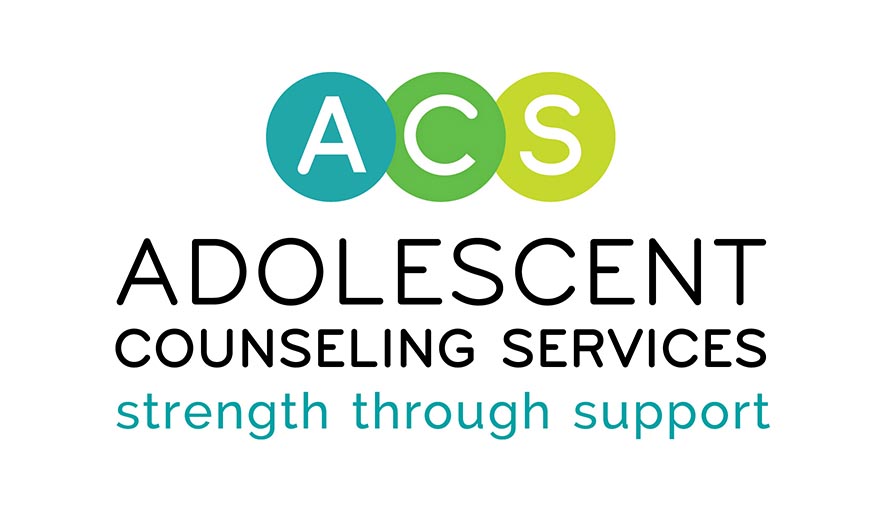
Teen Pregnancy
Written By: Ruby Ortiz, Clinical Trainee at ACS, On-Campus Counseling Program
ONE OF THE MOSTtransformative experiences that anyone can encounter in their lifetime is going through a pregnancy. Individuals go through a significant amount of physical, emotional, and psychological changes during this period in their life. It doesn’t only include the body changing throughout each pregnancy phase but also, birthing a child, and mentally preparing for the possibility of raising them. Due to the psychological maturity that it takes to raise a child, teen pregnancy has always been an important issue in our communities. According to recent data, teenage mothers have a high possibility of not completing high school, having more health problems, facing unemployment, and experiencing incarceration at some point in their life (CDC, 2015).
Research shows that over the years the rate in the United States on teen pregnancy has declined (Yee., et al 2019). However, it is imperative to note that the current research also indicates that the adolescent population is known for their impulsivity and risky sexual behavior (Curry., et al 2018). In addition, according to the National Center for Chronic Disease Control and Prevention (CDC), our rates remain one of the highest when we compare them to other developed countries. One should also mention that; teenage girls of color have demonstrated a substantially higher rate of pregnancy in this country (Hamilton., et al 2016).
It is safe to say that even though we are heading in the right direction in this matter, we still have a long way to go. Currently, about 1,700 teen girls between the ages of 15-17 give birth every week (CDC, 2019). Health care professionals have continued to promote awareness and information about the ways in which teens can protect themselves from unwanted pregnancies. Nevertheless, it is helpful and sometimes increasingly effective if teenagers are also receiving the same information at home.
March is women’s history month – as we take those small moments to remember those important figures, we should also keep in mind the importance of preserving the future of the young women within our communities. Teen pregnancy affects the lives of both young parents and their families. Nonetheless, the teenage girl seems to be more directly affected because it is her body experiencing all the changes. As a way to stay proactive on this issue, parents should continue to play an active role in their children’s lives by having open discussions around these important concerns. More than often, not shying away from this topic and being an active listener can make all the difference. The fact is, teenagers will most likely encounter risky life choices in their youth. However, they are better equipped to handle those choices when the adults in their lives have the necessary conversations.
_________________________
References
Centers for Disease Control and Prevention. (2015, April 7). Preventing teen pregnancy. Centers for Disease Control and Prevention. Retrieved March 2, 2022, from https://www.cdc.gov/vitalsigns/larc/index.html
Curry, I., Luk, J. W., Trim, R. S., Hopfer, C. J., Hewitt, J. K., Stallings, M. C., Brown, S. A., & Wall, T. L. (2018). Impulsivity dimensions and risky sex behaviors in an at-risk young adult sample. Archives of Sexual Behavior, 47(2), 529–536. https://doi.org/10.1007/s10508-017-1054-x
Hamilton, B. E., Rossen, L. M., Branum, A. M., & National Center for Health Statistics (U.S.). (2016). Teen birth rates for urban and rural areas in the united states, 2007-2015 (Ser. Nchs data brief, no. 264). U.S. Department of Health and Human Services, Centers for Disease Control and Prevention, National Center for Health Statistics. Retrieved March 2, 2022.
National Center for Chronic Disease Prevention and Health Promotion (U.S.). Division of Reproductive Health, & Centers for Disease Control and Prevention (U.S.). (2011). Preventing teen pregnancy in the us (Ser. Cdc vitalsigns). Centers for Disease Control and Prevention. Retrieved March 2, 2022.
Yee, C. W., Cunningham, S. D., & Ickovics, J. R. (2019). Application of the social vulnerability index for identifying teen pregnancy intervention need in the united states. Maternal and Child Health Journal, 23(11), 1516–1524. https://doi.org/10.1007/s10995-019-02792-7
